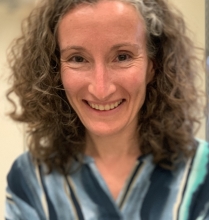
Sheila Patek
Duke University
Plenary Lecture
Impact and discovery: extreme movement in an interdisciplinary and political world
Organisms moving at the outer known extremes of speeds and accelerations reveal new phenomena that push the boundaries of knowledge in numerous fields. The very first ultra-high speed images of mantis shrimp (stomatopod) raptorial strikes revealed imploding cavitation bubbles that emit heat equivalent to the surface of the sun. This discovery sparked research into the pathways and durations of energy transformation – from loading springs to cavitation implosion – that span the order of magnitude difference between one second and one year. The extraordinary cascade of energy flow and control in mantis shrimp strikes aligns with their evolutionary diversification to capture fish and crush snails, as well as their ritualized behaviors to ensure non-lethal fights. These biomechanical, behavioral, and evolutionary insights have stimulated a vibrant interdisciplinary field of materials and robotics. The dynamism of these systems has also attracted considerable attention from the public, press, and politicians. This talk will address the intersection of biological discovery with interdisciplinary and accessible research, and foster general discussion about the impacts and adventures of discovery science.
Dr. Patek received her A.B. with honors in Biology from Harvard University followed by a Ph.D. in Biology from Duke University. She has received several honors, including a Guggenheim Fellowship, the George A. Bartholomew Award for distinguished contributions to comparative physiology, a Radcliffe Fellowship, a NSF CAREER award, and the Brilliant 10 award from Popular Science magazine. Dr. Patek teaches undergraduate and graduate courses in animal physiology, biomechanics, introductory biology, invertebrate biology, and comparative evolutionary analysis. Dr. Patek regularly presents her research internationally, through both academic and public lectureships - including a mainstage TED talk. The lab's research has been featured in hundreds of media outlets, including the New York Times, National Public Radio (NPR), Canadian Broadcasting Corp (CBC), British Broadcasting Corp (BBC), National Geographic and others.
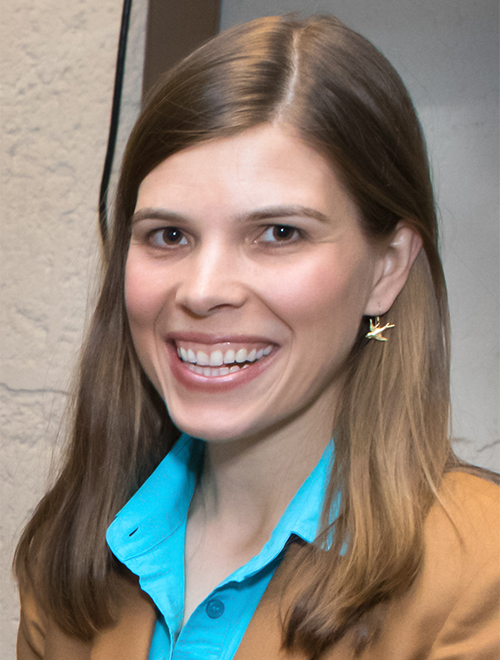
Mary Caswell Stoddard (Cassie)
Princeton University
BART Lecture
Diversity of Form and Function in the Colorful World of Birds
Birds evolved about 150 million years ago, and today they are the most diverse and colorful land vertebrates. In my group, we are fascinated by the ecological and evolutionary processes that drive this variation. Much of our work investigates coloration and vision in birds. A fundamental challenge is that birds see differently from humans: they have tetrachromatic vision (four color cone-types) and ultraviolet sensitivity. To estimate a ‘bird’s-eye view’, we combine advanced imaging techniques with new computational methods. This has allowed us to test ideas about how birds use color to attract mates, avoid predators and deceive rivals. In the field, we are establishing a system for studying color perception in wild hummingbirds in the Rocky Mountains. These tiny iridescent birds lead colorful lives, performing spectacular courtship dives and pollinating diverse wildflowers. We also study the avian egg, a remarkable structure that is tough but breakable. The eggs laid by stealthy cuckoos and flightless emus offer insights into avian behavior and evolution. We apply a highly interdisciplinary approach, combining tools from mathematics, computer vision and bioengineering, to explore the avian world.
Dr. Mary Caswell Stoddard (Cassie) is an assistant professor in the Department of Ecology and Evolutionary Biology at Princeton University. Stoddard received her undergraduate degree from Yale University. On a Marshall Scholarship, she completed her Ph.D. studies at the University of Cambridge before joining the Harvard Society of Fellows as a Junior Fellow. At Princeton, the Stoddard Lab uses a multidisciplinary approach to investigate the ecology and evolution of birds, with a focus on sensory ecology, avian vision and coloration, and eggs. Stoddard is a research affiliate at the American Museum of Natural History in New York City. She is a Sloan Research Fellow and a Packard Fellow.
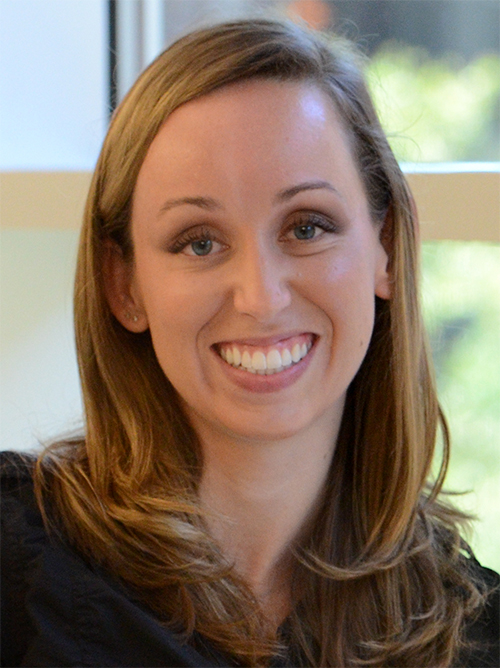
Alyssa Stark
Villanova University
GANS Lecture
Tenacious Toes and Fastening Feet: Biological Adhesive Systems in Complex Environments
Organisms that temporarily attach in order to move within their environment face potential failure with every step and release cycle. This potential for failure prompts unique morphological, biomechanical, and behavioral attachment structures and strategies that are likely tuned to current spatial and temporal conditions. Rather than studying the success of these systems in pristine laboratory conditions, I study failure in natural and semi-natural conditions to better understand the functional morphology of temporary adhesion. My observational and experimental work shows that biological attachment systems fail, sometimes spectacularly, but often remain successful in the conditions that matter. The focus of my research program is to understand the conditions that matter and how biological adhesive systems maintain high performance and versatility when it counts. Currently I use three biological adhesive systems to explore adhesive performance in challenging conditions: geckos, ants, and sea urchins. Each system offers a unique mechanism and set of challenges that must be overcome. For instance, geckos from the tropics must adhere in hot, humid, and wet conditions, tropical arboreal ants must adhere to superheated substrates, and sea urchins in the intertidal must adhere to rocky substrates while resisting intense wave forces. In all instances, failure is rare when the adhesive system is matched with common environmental conditions. When the biological adhesive system is not matched with common environmental conditions adhesive performance may be too low or too high to be biologically functional. By exploring the successes and failures of biological adhesive systems in complex environments, we improve our understanding of the functional morphology of these systems, providing valuable insight into the ecology and evolutionary development of adhesion and potential for bio-inspired synthetic design.
Dr. Alyssa Stark is an assistant professor at Villanova University in the Department of Biology. Her interests lie at the intersection of biology and material science, focusing on the structure and function of biological organisms and how we can use these for bio-inspired design. Currently, she works on the adhesive systems of geckos, ants, and sea urchins. Her work studying how geckos stick to wet surfaces has been highlighted by The Discovery Channel, National Geographic, and the Huffington Post, among others. In 2014, Dr. Stark received her PhD in Integrated Bioscience from the University of Akron, Ohio via the Departments of Biology and Polymer Science. Dr. Stark was a postdoctoral associate at the University of Louisville in the Department of Biology from 2014-2017, spending much of her time at the Smithsonian Tropical Research Institute in Panama. In 2017, Dr. Stark joined the faculty at Villanova University in the Department of Biology. Dr. Stark was the recipient of the 2018 Early Career Scientist Award from the Adhesion Society for her fundamental contributions and groundbreaking research on biological adhesion.
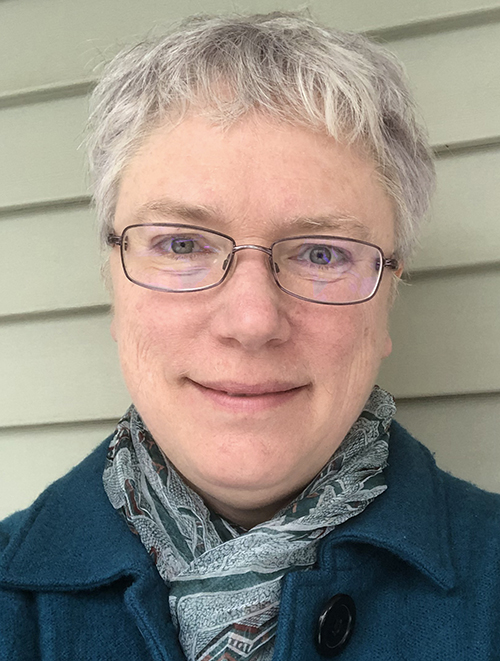
Sara Lindsay
University of Maine
AMS Lecture
The Art of Seeing: Using Microscopy to Power STEAM Learning in Biology
Close observation is central to both art and science, as practitioners in both disciplines describe, compare, and seek to understand or interpret the natural world. Indeed, as the artist and writer Guy Davenport noted, “The vision by which we discover the hidden in nature is sometimes called science, sometimes called art”. In the last decade, the movement to integrate Science, Technology, Engineering and Mathematics with Arts and Humanities (i.e., STEAM learning) has gained traction in K-12 education. A recent National Academies report (2018) examines the case for integrating humanities and the arts in undergraduate STEM education. Microscopy provides an excellent vehicle for engaging all kinds of students in integrative (STEAM) learning about Biology and for encouraging them to observe the world closely. In this address, I will highlight activities and approaches that use microscopy to engage learners of all kinds, examine how using microscopes changes students’ attitudes about science and biology, and explore the intersection of microscopy and visual art.
Dr. Lindsay earned her A.B. in Biology from Smith College, and Ph.D. in Ecology from the University of South Carolina. Following postdocs at USC (NIH-NRSA award), and Scripps Institution of Oceanography, she joined the faculty in the School of Marine Sciences at the University of Maine. She is also a faculty member in the Maine Center for Research in STEM Education and a Fellow in the national Partnership for Undergraduate Life Science Education. She teaches undergraduate and graduate courses in marine biology and biology teaching methods, and mentors undergraduate and graduate student researchers. Her research focuses on the sensory biology and ecology of marine invertebrates that live in sand and mud, and on barriers to learning faced by students in marine science and other STEM disciplines. Her microscopy images have won numerous awards and recognition from the American Microscopical Society (Ralph & Mildred Buchsbaum Prize for Excellence in Color Photomicrography), Nikon Small World Photomicroscopy competition, and Olympus Bioscapes International Digital Imaging Competition. She has served as Program officer for the AMS, and as its President from 2017 to 2019.
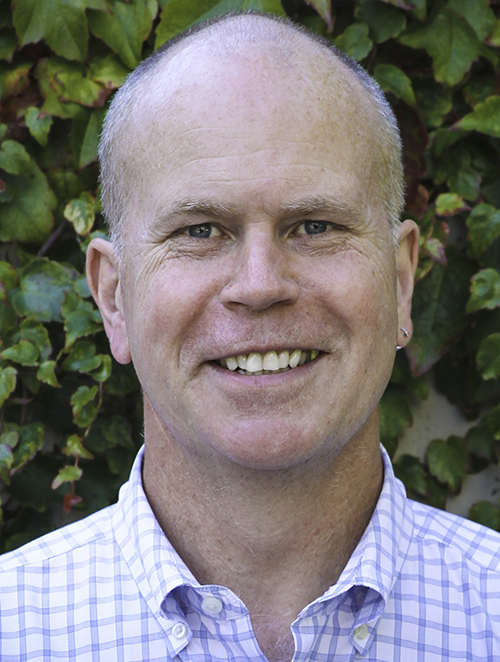
George Bentley
UC Berkeley
BERN Lecture
A Bird’s Eye View of Reproductive Endocrinology
Puberty and reproduction are critical for the survival of all vertebrate species. Despite a long history of research, we still do not fully understand mechanisms underlying how puberty is initiated. Nor do we know why some wild animals will not breed in captivity even if sexual maturity has been reached. Some seasonally-breeding animals undergo transitions in reproduction that are akin to puberty and reverse puberty every year. Comparative studies have thus allowed us to delve mechanistically into questions of reproductive activation and inhibition. In this lecture, I will provide an overview of how studies on avian reproduction have informed us about the neuroendocrinological mechanisms underlying puberty, seasonal transitions in reproduction and associated behaviors, and reproductive inhibition. I will highlight questions that remain and avenues for future exploration.
Dr. Bentley is Professor of Integrative Biology at UC Berkeley, with a joint appointment in The Helen Wills Neuroscience Institute. He studies the neuroendocrinology of reproduction in vertebrates. Although his lab focuses on avian reproduction, he has carried out studies on sheep, horses, mice, rats, hamsters, monkeys and humans - with current studies on bats and vizcachas. He teaches Comparative Endocrinology and Animal Behavior. He and his team established GnIH as an important regulator or physiology and behavior and, notably, that the gonadal GnIH system can act seemingly independent of the brain/pituitary. Since 1997, he has produced over 140 research papers in highly regarded journals, as well as 13 book chapters. Dr. Bentley has been and continues to be a prominent and successful mentor of students of all levels. He has mentored numerous post-doctoral fellows and graduate students and an impressive 123 undergraduates and high school students in research.
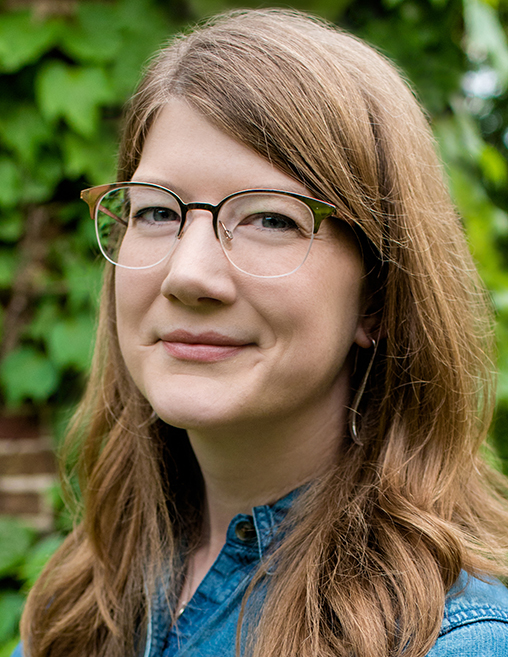
Emily Graslie
Field Museum
Chicago, IL
Moore Lecture
Prehistoric Road Trip: Crafting a Story 2 Billion Years in the Making
If you were to tell a story about your science, what narratives or examples would you highlight? Where would you start? Who would you include? Paleontology is a field of science that relies on collaborations spanning organizations, institutions, cultures, and generations. In this presentation, I will address some of these questions and share insights gained from my time in production on “Prehistoric Road Trip,” an upcoming three-hour series for PBS about the study of geology and the fossil record in the Northern Great Plains of the United States. The overall goal is to share experiences that can help others communicate their science to a broad array of audiences, no matter the platform or medium.
Emily Graslie was born and raised in Rapid City, South Dakota. After moving to Missoula, Montana to pursue an undergraduate degree in fine art painting, she fell in love with the campus vertebrate research collection as a place of artistic inspiration. What started off as a passionate volunteering position within a small museum eventually transformed into a full-time career as an advocate for these under-appreciated repositories. Now she lives in Chicago, and work as The Field Museum's 'Chief Curiosity Correspondent,' where she uses a variety of new media to communicate the importance of natural history museums with the world.